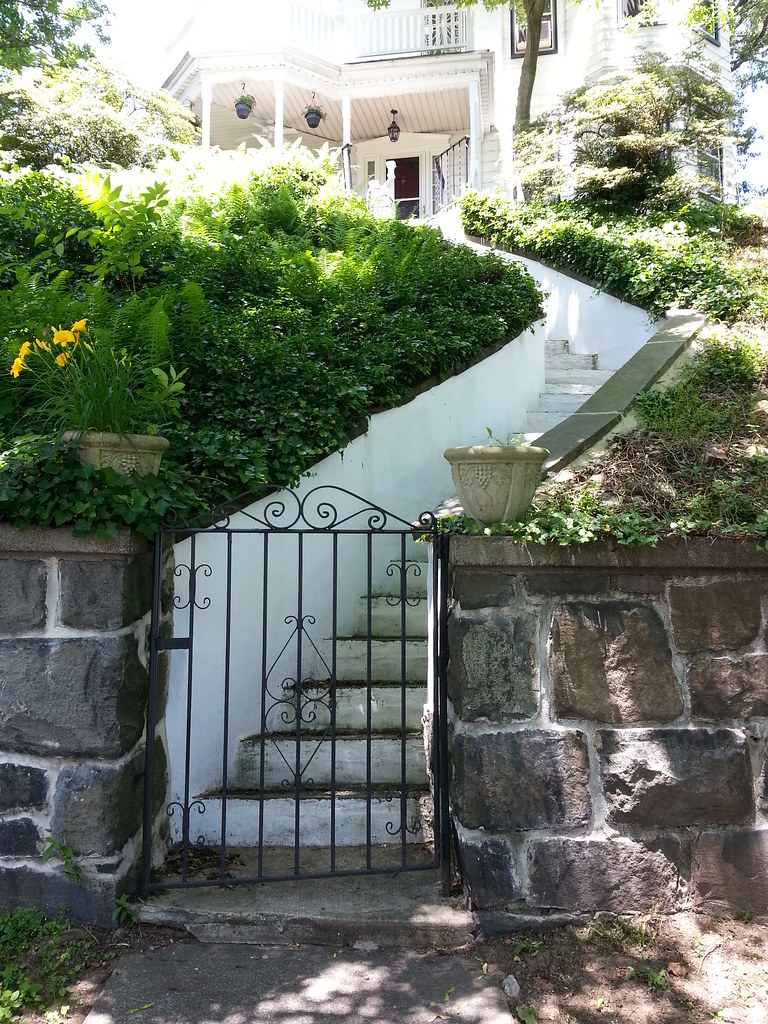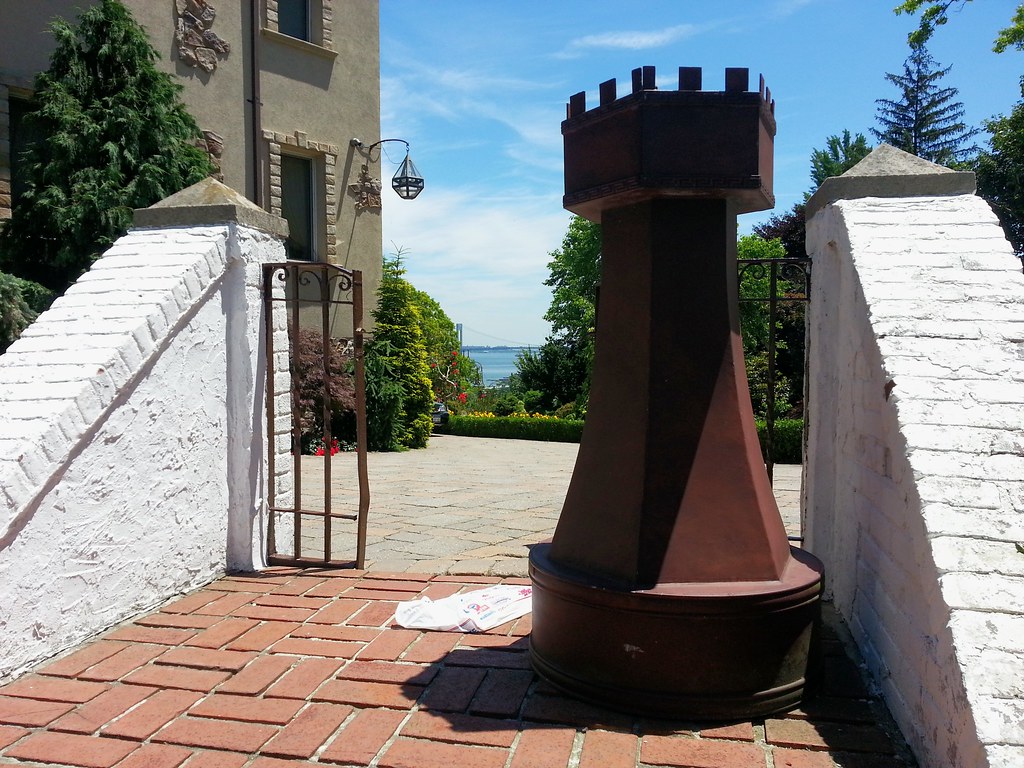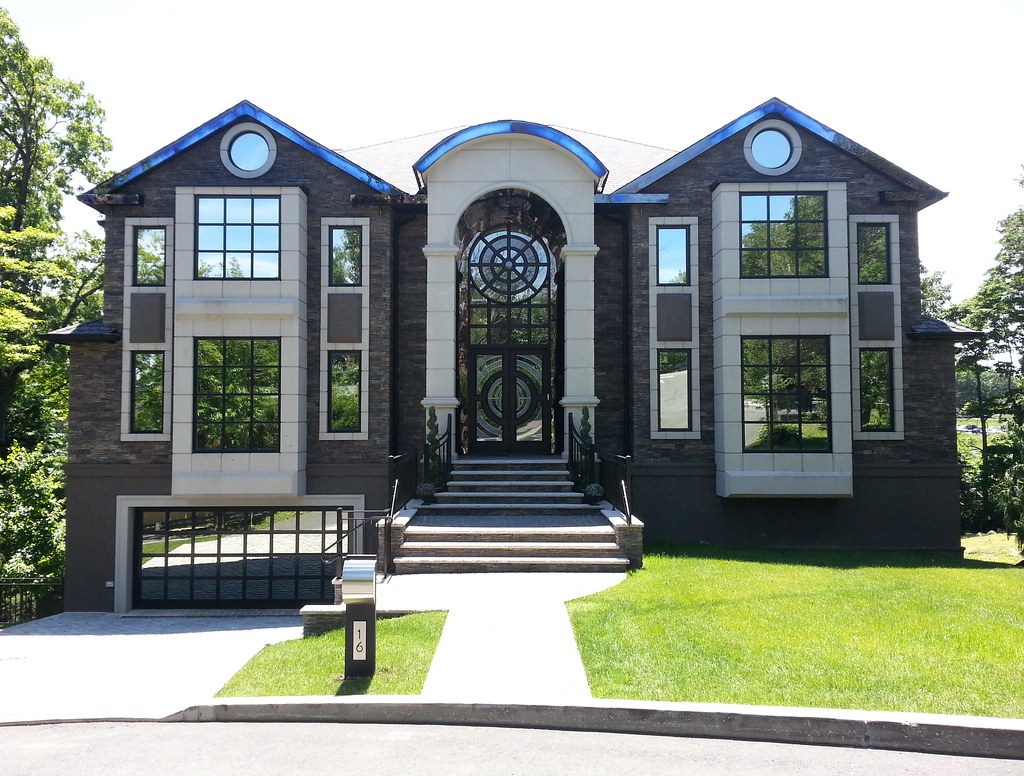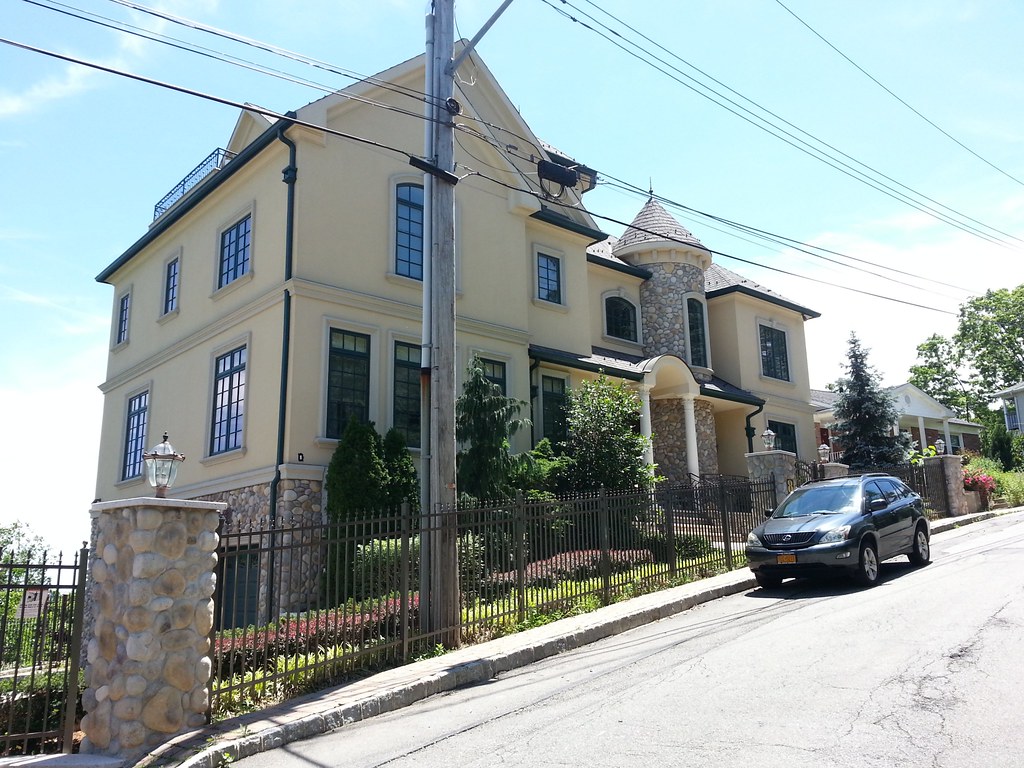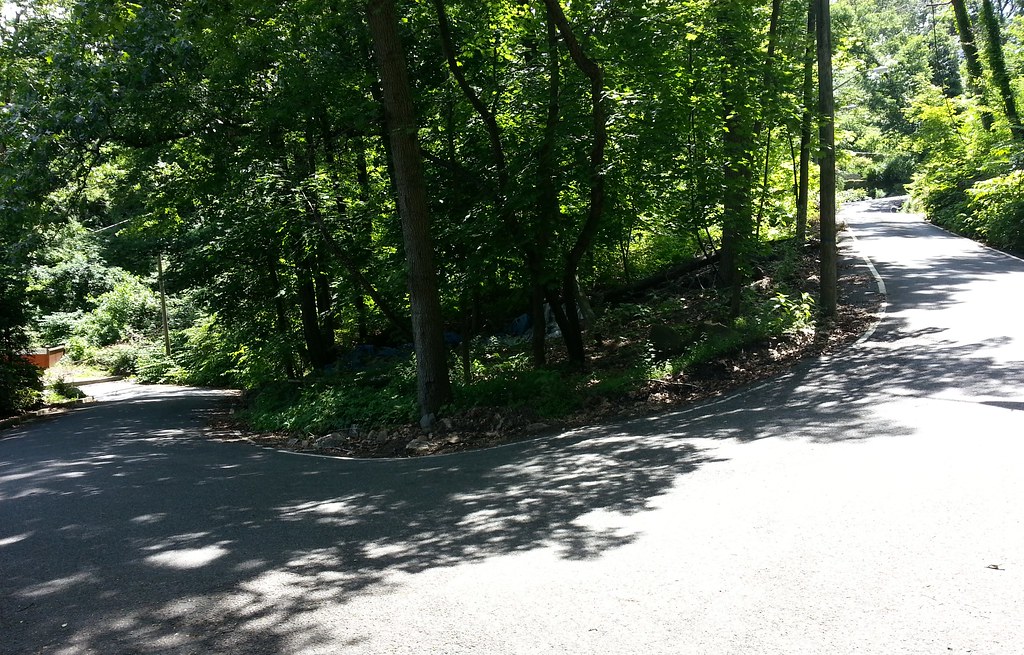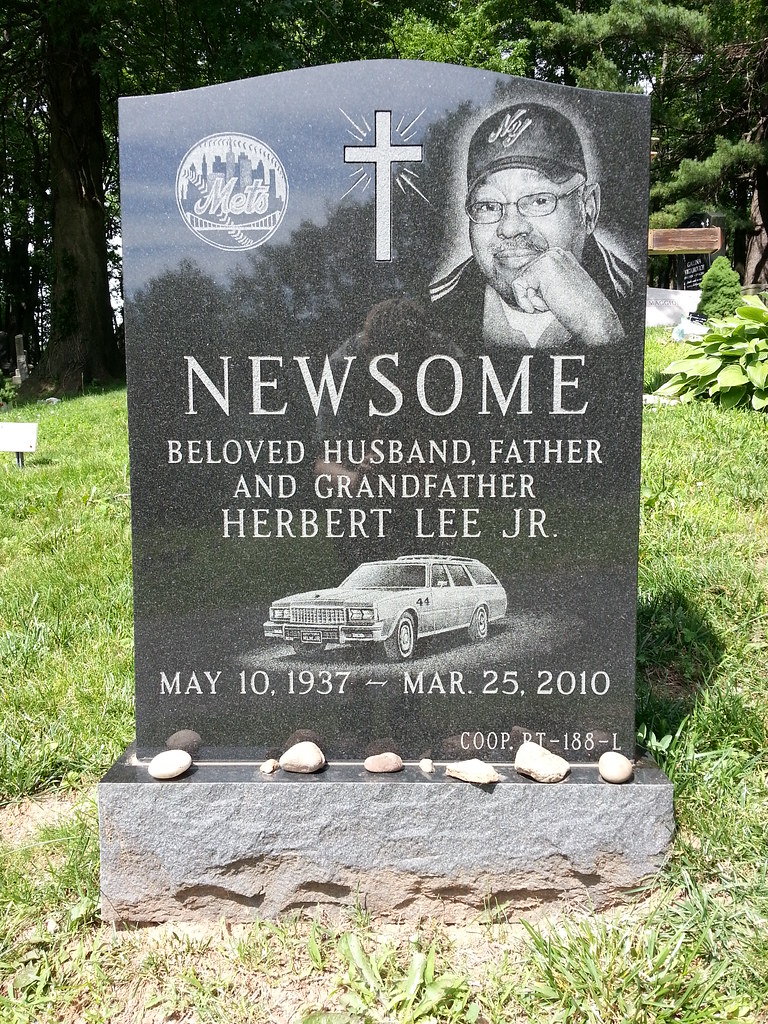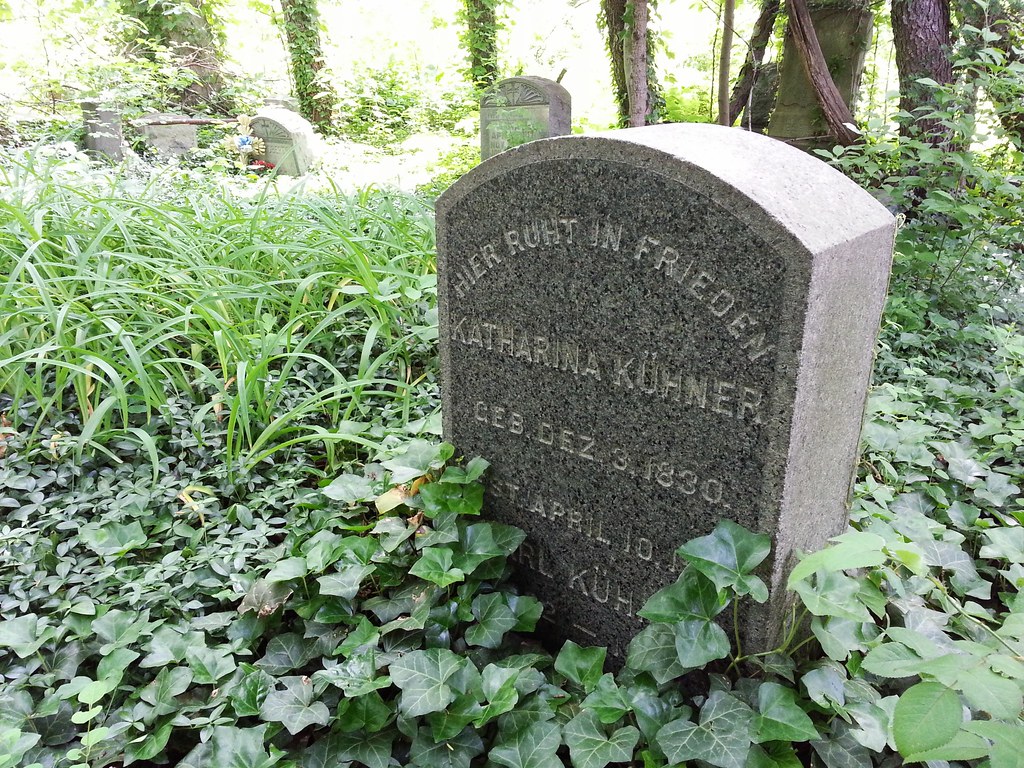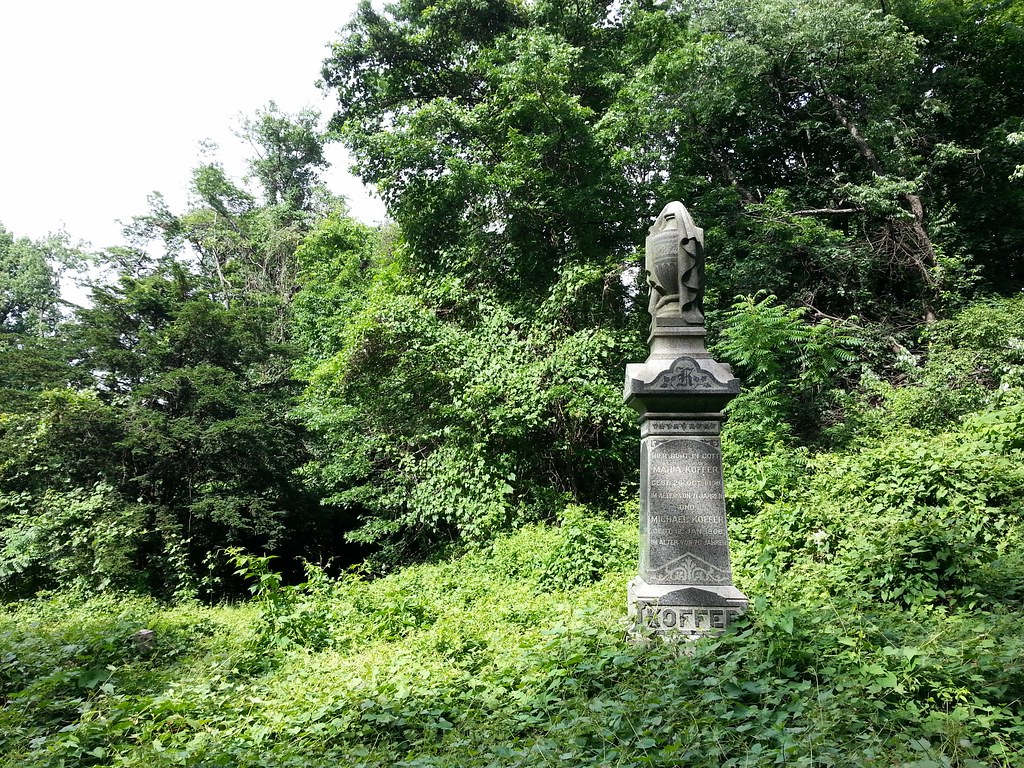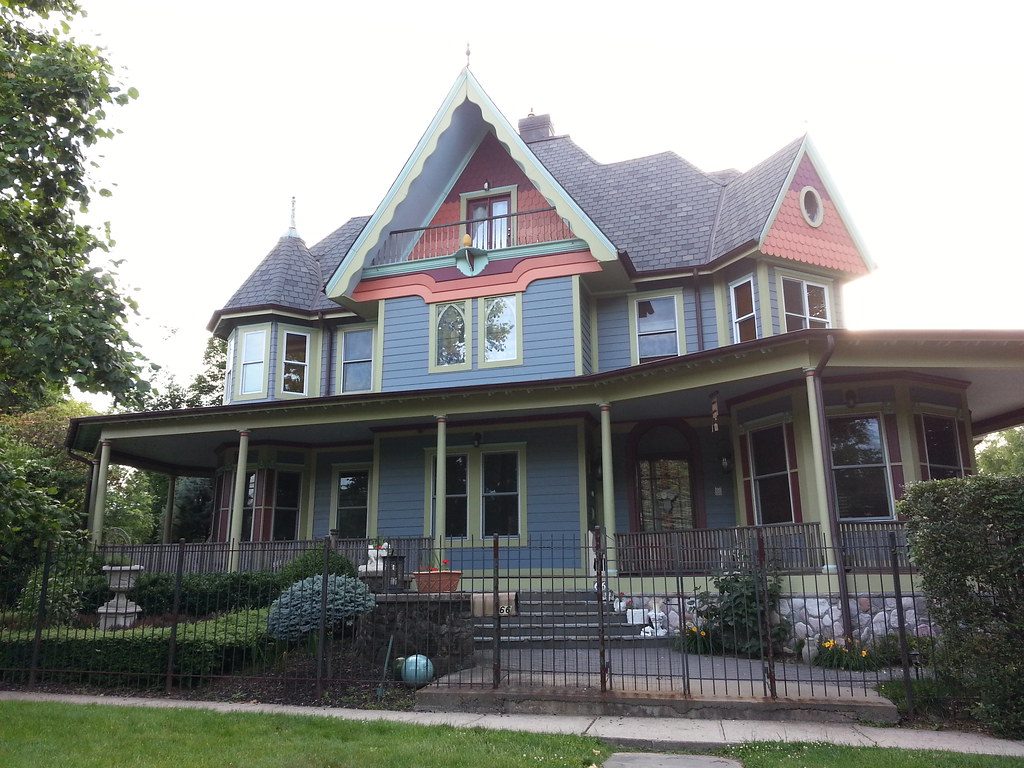

According to the AIA Guide to New York City:
Brooklynite [James] Pietsch remodeled and then moved in to this existing stone estate gate-house. The result would intrigue Hansel and Gretel, as it does us.
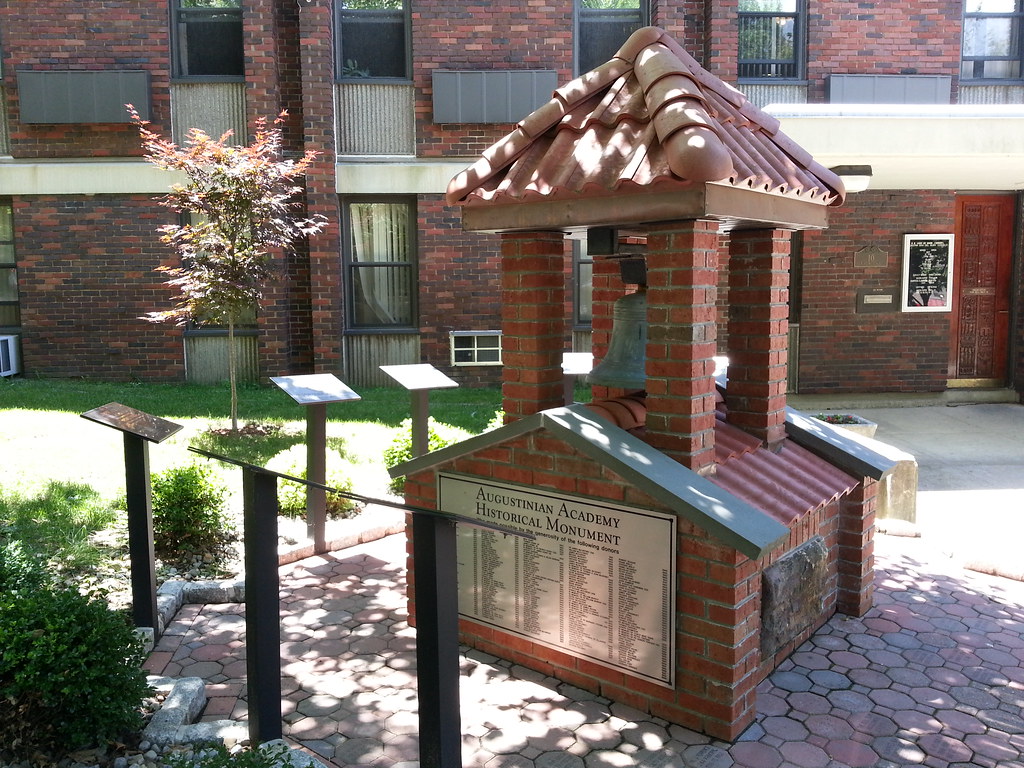
This elaborate memorial commemorates the long-defunct Augustinian Academy, which opened in 1899 as Staten Island's first Catholic high school. (The academy's original building still stands nearby; it's currently occupied by Our Lady of Good Counsel School.) The slew of signs provide information on everything from the academy's alma mater and valedictory song (including the songs' melodies written in musical notation) to its school seal to the various relics of its now-demolished Grymes Hill building (where it moved after outgrowing the aforementioned 1899 structure) that are incorporated in the monument: the bell, the cornerstone, and some ceramic tiles from the chapel.
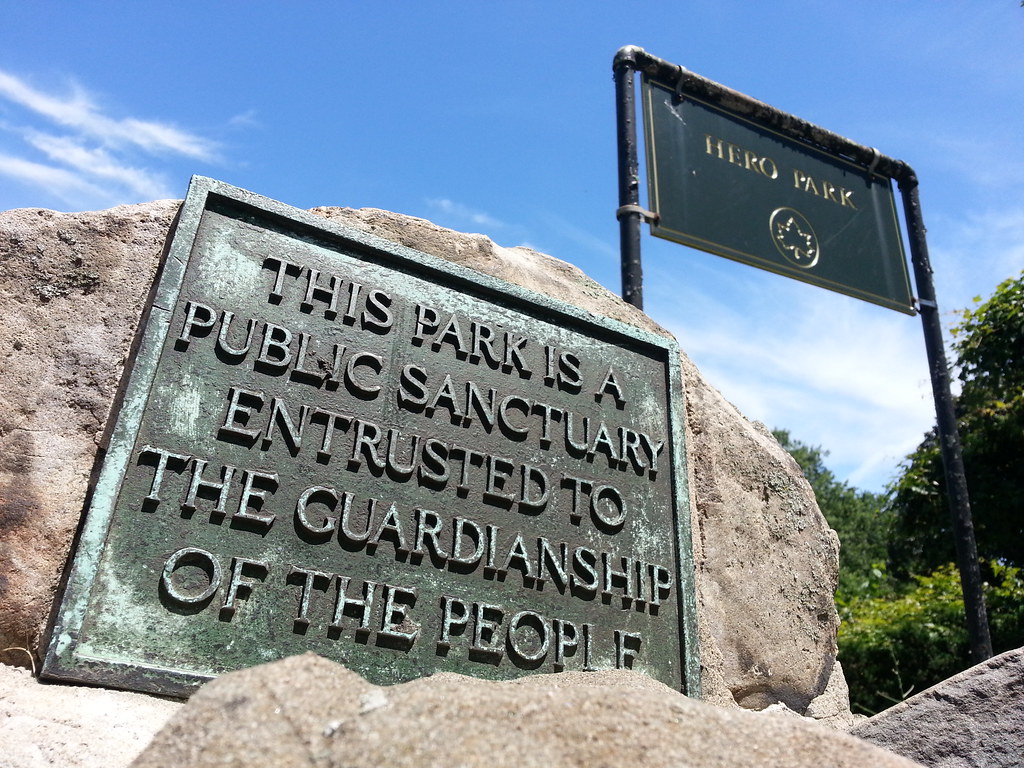
Hero Park honors the 144 soldiers from Staten Island who perished in World War I. The centerpiece of the park is Sugar Loaf Rock, a large glacial boulder adorned with a few plaques: one dedicating the park to the "splendid sons of Staten Island who so nobly gave their lives in the World War", one listing the names of the fallen soldiers, and one providing a little information about the rock itself, which "marks the boyhood playground of many of the men whose gallant deeds it now commemorates". There are also trees in the park that memorialize the soldiers; soil from beneath these trees was taken to France to be placed upon the graves of Americans who died in the war, and soil from those graves was brought back and placed beneath the trees.
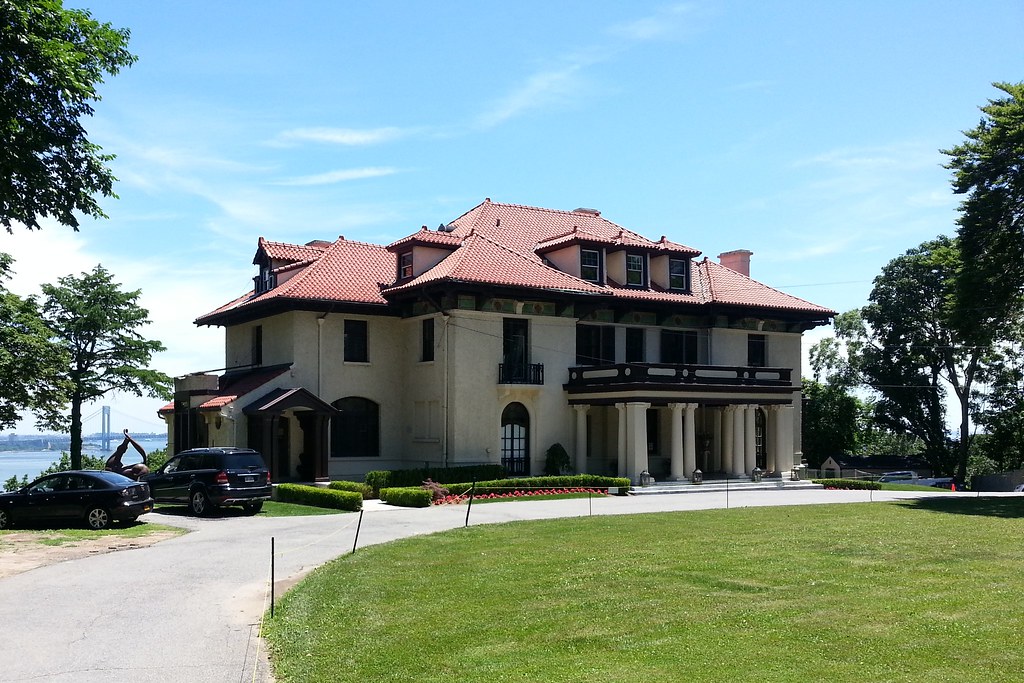
Built in 1908, this neo-Renaissance mansion is now home to the Italian Cultural Foundation, which has dubbed the place "Casa Belvedere".
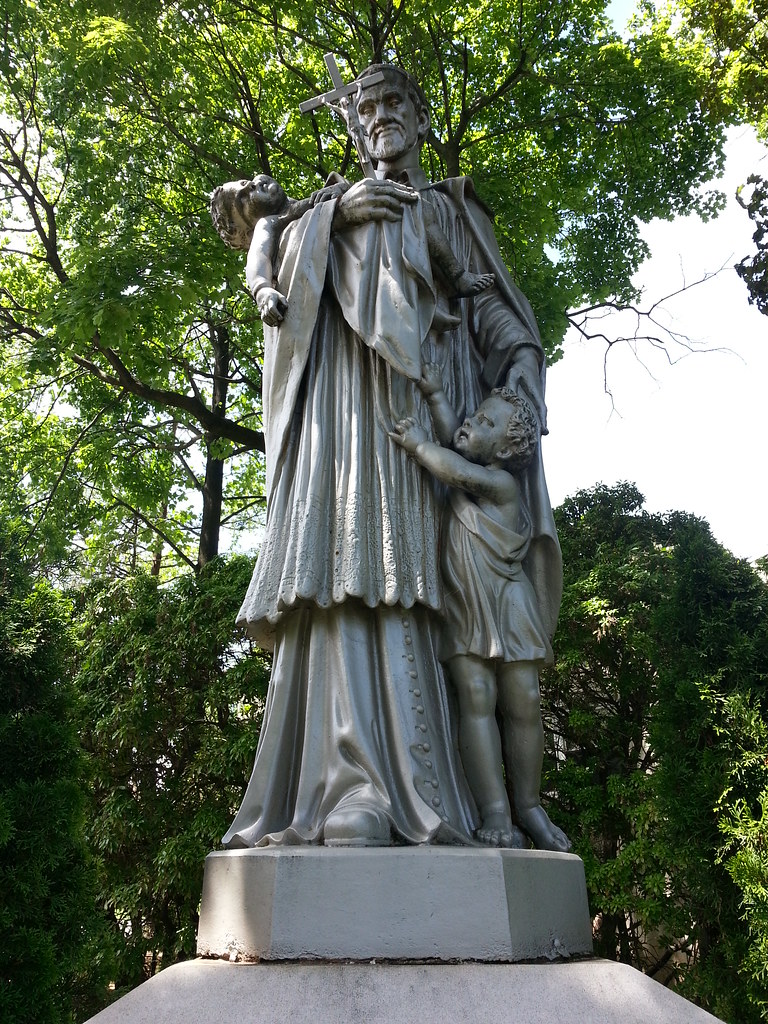
The plaque beneath this statue on the Staten Island campus of St. John's University reads:
Cast in France during the late 1800s, this statue of St. Vincent de Paul was gifted to St. John's University by the Sisters of Charity after standing for decades in front of St. Vincent's Catholic Medical Center in the West Brighton section of Staten Island. It was erected here to proclaim the University's Catholic and Vincentian identity to all who enter.
St. Vincent de Paul, Universal Patron of Charity, Pray for Us — April 25, 2007
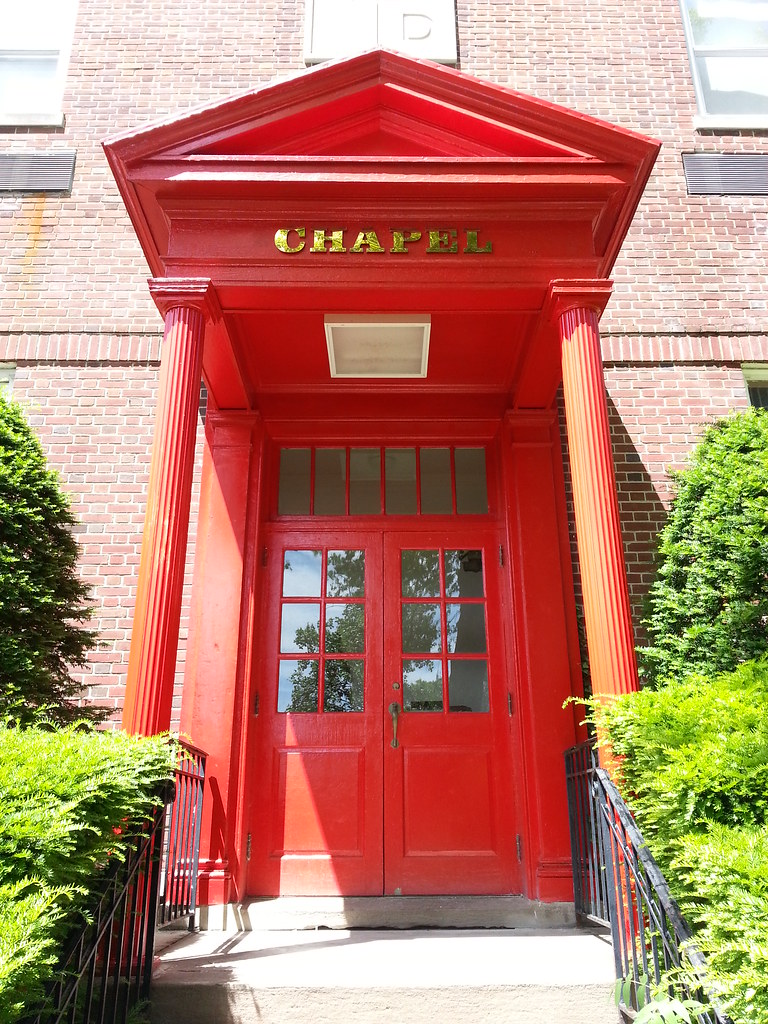
At the Staten Island campus of St. John's University. Red door for the Red Storm?

Here in Silver Mount Cemetery stands the mausoleum of the Bechtel family, who ran a major Staten Island brewery (photos) in the decades before Prohibition.
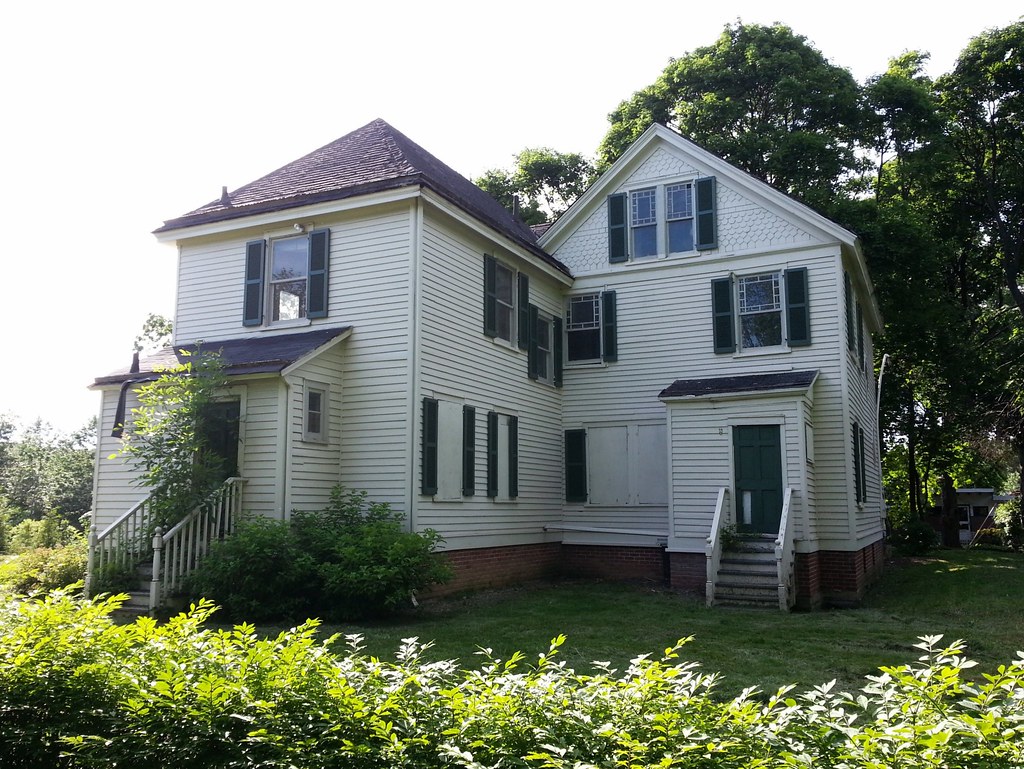
Built in 1893-95, this house, along with its next-door neighbor (the John King Vanderbilt House, also owned by Ms. Smith, a Staten Island historian), was almost torn down in 1987, but the city's Landmarks Preservation Commission designated the two structures as landmarks with lightning speed (relatively speaking; the process took less than a month) after finding out that the executors of Ms. Smith's estate had applied for a permit to demolish them. In the late 1990s, this house was relocated away from the Clove Road side of the property to create more developable area on the lot. It was also restored and reoriented at that time; the front porch now faces the dead end of Waldron Avenue. (Compare this 1996 aerial image to one from 2012.) A Walgreens opened on the corner of the property last year, and there's apparently more development in store on the site of the neighboring house.
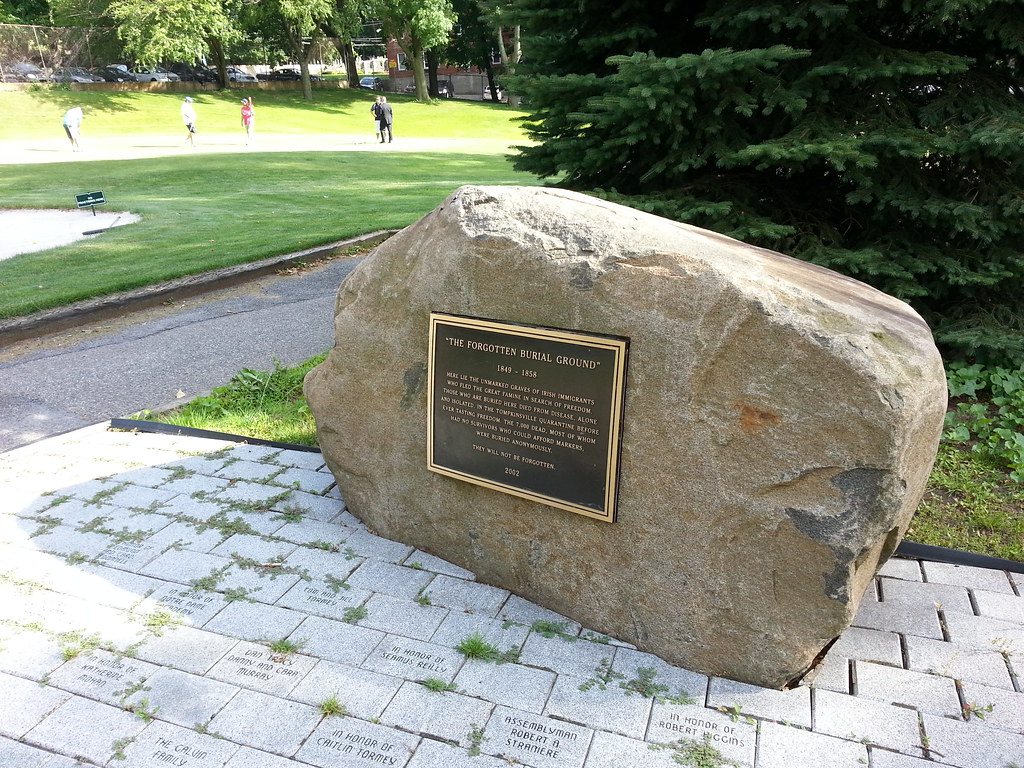
This memorial, placed here at Silver Lake Golf Course thanks to the multi-year efforts of a local high school student, offers some sobering thoughts to anyone whose spirits haven't already been sufficiently dampened by a lousy tee shot or missed putt:
"THE FORGOTTEN BURIAL GROUND"
1849 - 1858
HERE LIE THE UNMARKED GRAVES OF IRISH IMMIGRANTS
WHO FLED THE GREAT FAMINE IN SEARCH OF FREEDOM.
THOSE WHO ARE BURIED HERE DIED FROM DISEASE, ALONE
AND ISOLATED, IN THE TOMPKINSVILLE QUARANTINE BEFORE
EVER TASTING FREEDOM. THE 7,000 DEAD, MOST OF WHOM
HAD NO SURVIVORS WHO COULD AFFORD MARKERS,
WERE BURIED ANONYMOUSLY.
THEY WILL NOT BE FORGOTTEN.
2002

The guy who runs Silver Lake Golf Course has planted a vineyard on the grounds and named it after his border collie, who works as the course's goose chaser. And he apparently exploits the free foot-labor of local children in the wine-making process, under the guise of an annual pork-laced "Octoberfest Grape Stomp" competition.

Originally a spring-fed body of water, Silver Lake had by 1917 been expanded and transformed into a reservoir, connected across the Narrows to the city's new Catskill Aqueduct system. The lake is no longer used to store drinking water, however, having been supplanted in that role by a massive underground tank system around 1970.
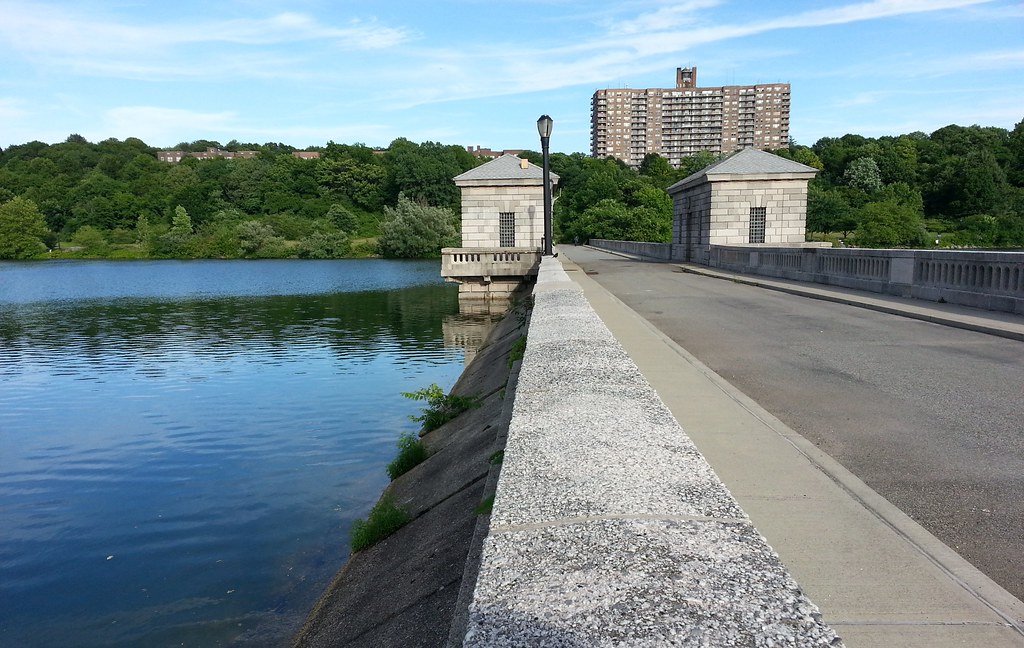
Built in 1917 as a divider between the reservoir's two basins

